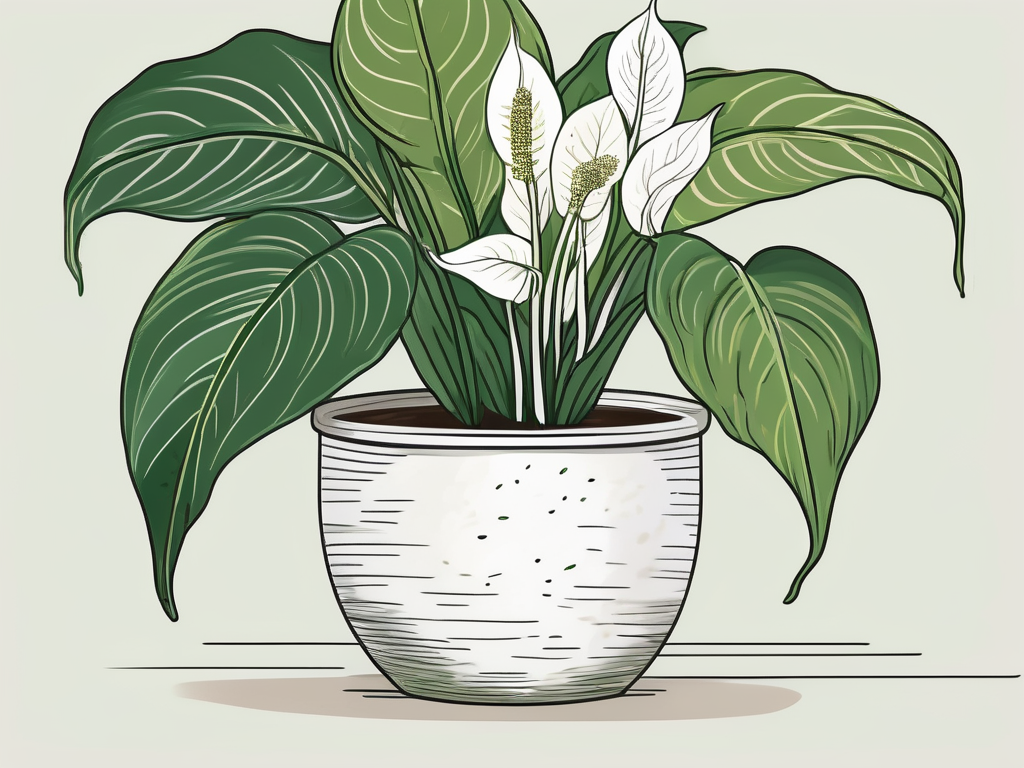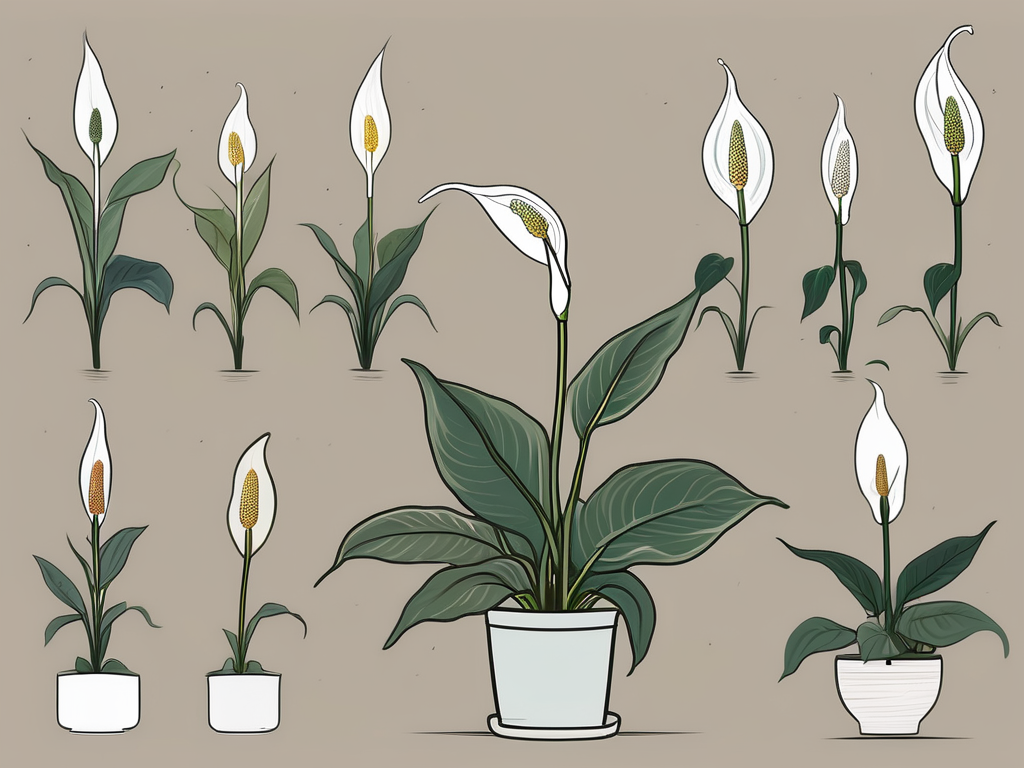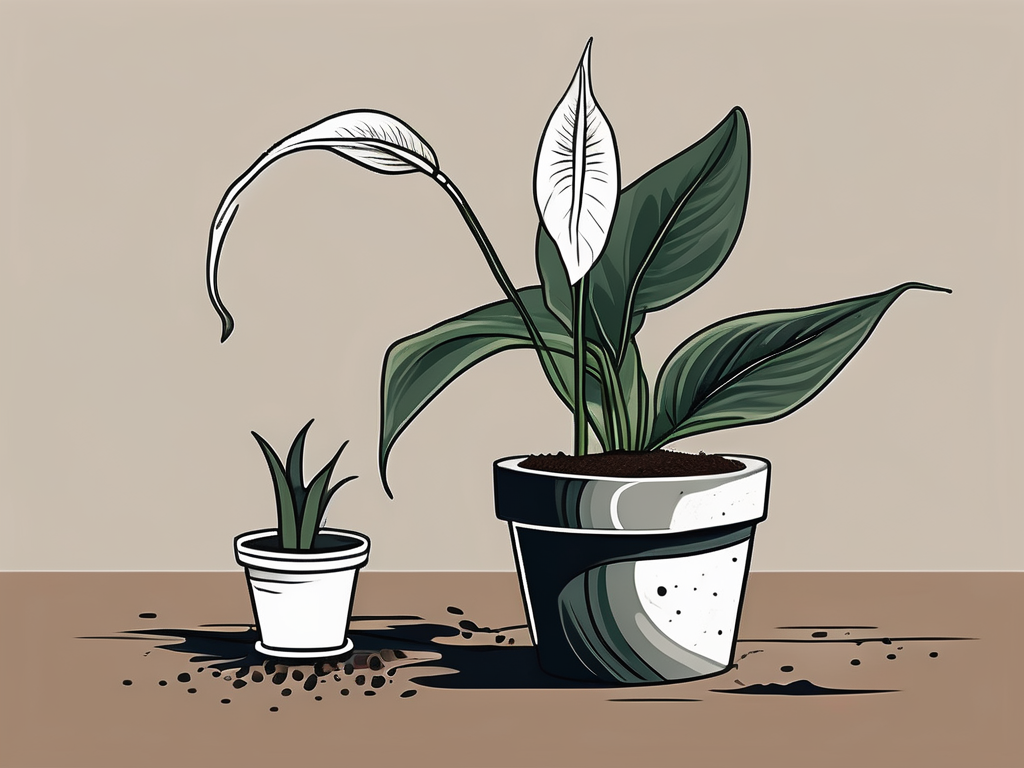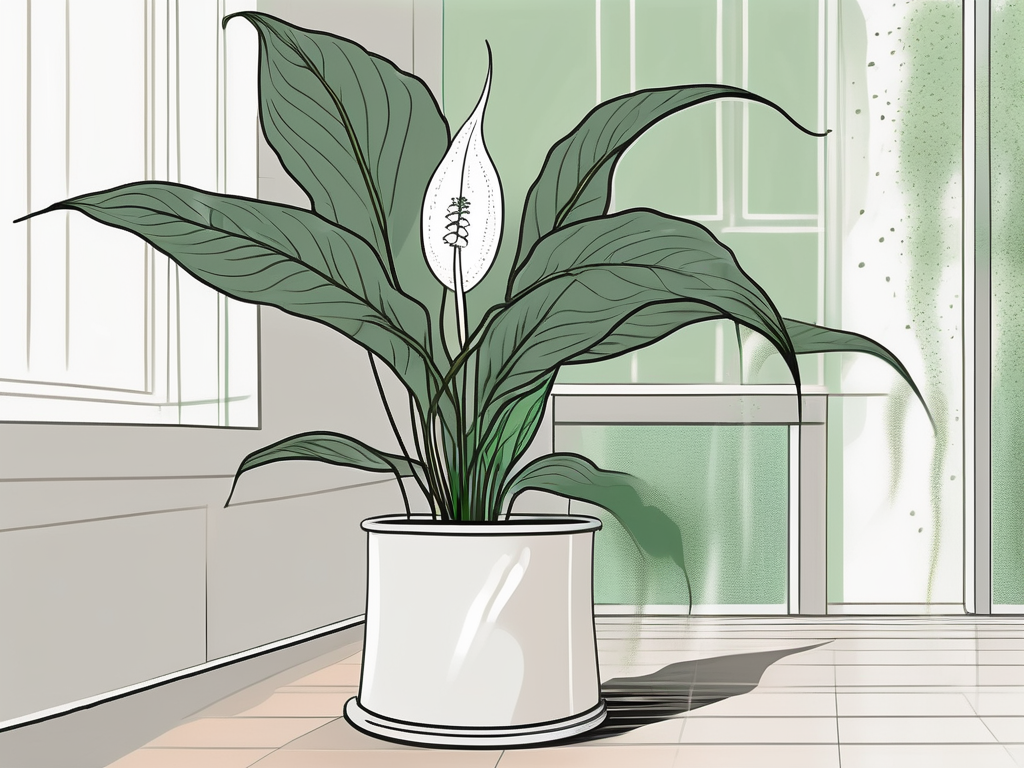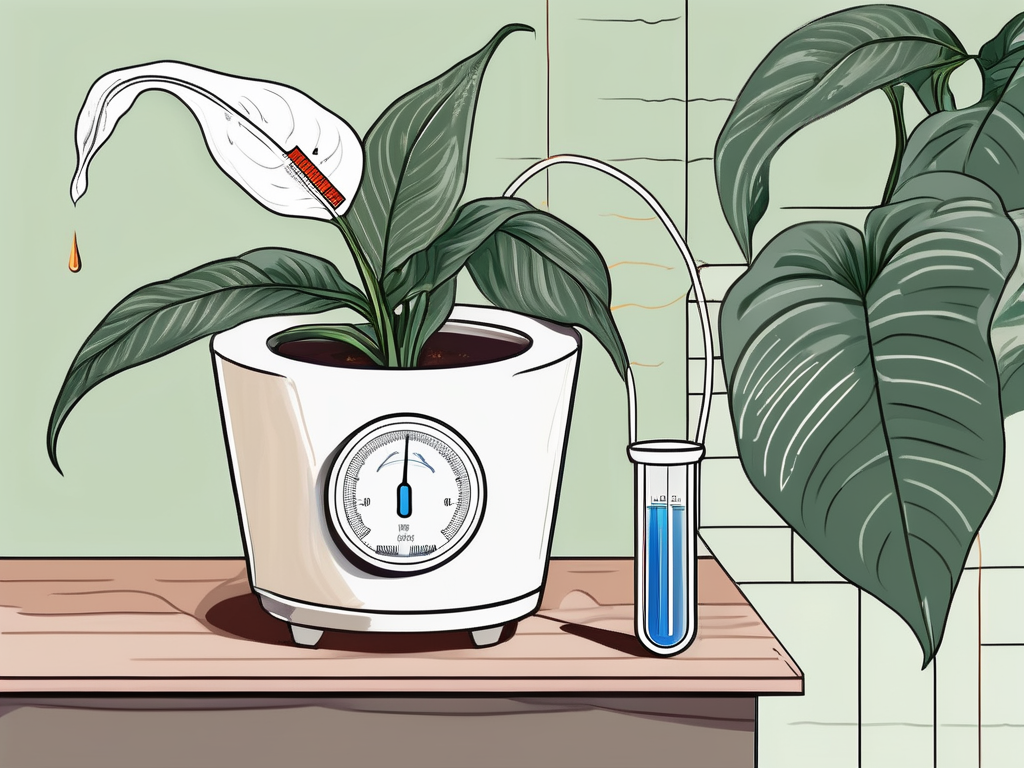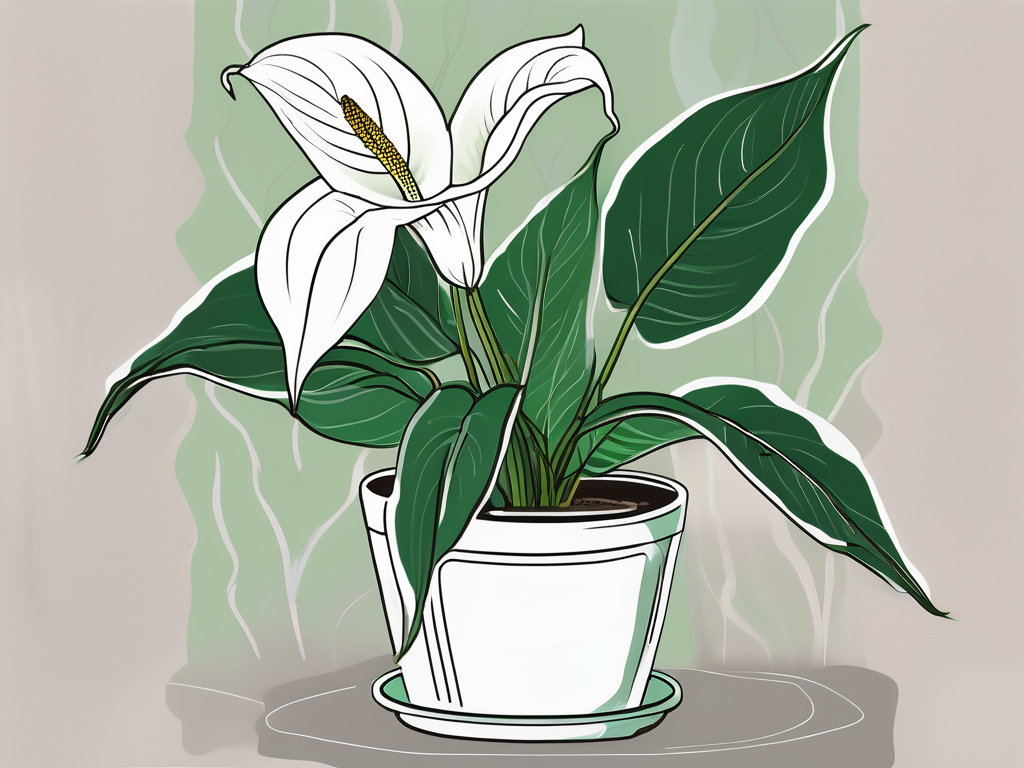
Peace lilies, with their elegant white blooms and lush green leaves, have long captured the hearts of plant lovers around the globe. If you've recently welcomed one of these beauties into your home, you might be curious about how fast they're going to grow. After all, understanding the growth rate of your peace lily can help you provide the best care and set realistic expectations for its development.
In this blog post, we'll explore the various factors that influence the growth rate of peace lilies, from environmental conditions to care routines. Whether you're a seasoned plant parent or just starting your green journey, this guide will equip you with practical insights and tips to nurture your peace lily into a thriving indoor companion.
Understanding Peace Lily Growth
Peace lilies, also known as Spathiphyllum, are tropical plants native to the rainforests of Central and South America. They are beloved for their adaptability and the ease with which they can be grown indoors. But how fast do these lovely plants actually grow? Generally, peace lilies grow at a moderate pace, adding new leaves and blooms throughout the growing season, which typically spans from spring to summer.
On average, a well-cared-for peace lily can grow about 12 to 24 inches in a year. However, this rate can vary based on several factors, such as the plant's age, the care it receives, and the environment in which it's placed. Younger plants often grow more rapidly than mature ones, which might slow down as they reach their full size.
Interestingly enough, peace lilies are not just about height. They also spread outwards, developing a fuller appearance over time. This aspect of their growth means that even if they aren't shooting up like a beanstalk, they can still be thriving and healthy.
Factors Influencing Growth Rate
Several key factors can influence how quickly your peace lily grows. Understanding these will help you tailor your care routine to meet the plant's needs and ensure it reaches its growth potential. Let's dive into some specifics:
Light Conditions
Peace lilies prefer bright, indirect light, mimicking the dappled sunlight they would receive under a rainforest canopy. While they can tolerate lower light levels, this can slow down their growth. If your peace lily is in a dimly lit room, consider moving it closer to a window with filtered sunlight or using artificial grow lights to supplement its light needs.
Watering
Watering is crucial for peace lilies, as they thrive in consistently moist soil. However, overwatering can lead to root rot, while underwatering can cause wilting and slow growth. A good rule of thumb is to water your peace lily when the top inch of soil feels dry to the touch. Ensure that the pot has drainage holes to allow excess water to escape, preventing waterlogged roots.
Temperature and Humidity
Peace lilies are tropical plants that thrive in warm and humid conditions. Ideally, they should be kept in temperatures ranging from 65 to 80 degrees Fahrenheit. If your home tends to be dry, especially in winter, consider using a humidifier or placing a tray of water near the plant to increase ambient humidity. This will encourage healthier and faster growth.
Repotting and Its Role in Growth
Repotting your peace lily can have a significant impact on its growth rate. Over time, peace lilies can become root-bound, meaning their roots have filled up the pot and have no room to expand. This can stunt their growth and lead to other health issues.
To encourage growth, consider repotting your peace lily every year or two. Choose a pot that is one size larger than its current home, and use a well-draining potting mix. After repotting, you'll likely notice a burst of new growth as the plant settles into its new environment.
When repotting, it's also a great opportunity to divide your peace lily if it's become particularly large or crowded. This not only helps manage the plant's size but also gives you more peace lilies to enjoy or share with friends!
Fertilization Tips for Optimal Growth
Fertilizing your peace lily can give it a substantial growth boost. During the growing season, which is typically from spring to early fall, feed your peace lily with a balanced, water-soluble fertilizer every 4 to 6 weeks. This provides the essential nutrients that support leaf and bloom development.
However, be mindful not to over-fertilize, as this can lead to salt build-up in the soil, which can harm the roots. If you notice brown tips on the leaves, it might be a sign that you need to cut back on fertilizer or flush the soil with water to remove excess salts.
Pruning and Maintenance
Regular pruning and maintenance can encourage healthier growth in your peace lily. Removing yellowing or dead leaves prevents the plant from wasting energy on parts that aren't thriving. Additionally, cutting back any spent blooms can direct the plant's energy toward producing new growth.
Use clean, sharp scissors or pruning shears to make clean cuts, and always trim just above the base of the leaf or flower stem. Routine maintenance not only keeps your peace lily looking its best but also supports consistent growth.
Dealing with Pests and Diseases
Peace lilies are relatively hardy, but they can still fall prey to pests and diseases which can hinder their growth. Common pests include spider mites, aphids, and mealybugs. If you notice signs of infestation, such as webbing or sticky residue, act quickly to address the issue.
For a natural remedy, wipe down the leaves with a mixture of water and mild dish soap, or use insecticidal soap. Regularly inspecting your plant and keeping it clean will help prevent these issues from escalating.
Diseases like root rot can occur if the plant is kept too wet. Ensure proper drainage and adjust your watering schedule if you notice signs of rot, such as wilting leaves despite adequate watering.
Creating a Beautiful Indoor Environment
Beyond care specifics, the environment you create for your peace lily can influence its growth and your enjoyment of it. Position your peace lily in a spot where it can be appreciated, such as a living room corner or an entryway table.
Pair it with decorative pots or plant stands that complement your interior style. Not only does this enhance your home's aesthetic, but it also creates a welcoming atmosphere that encourages you to engage with your plants regularly.
Consider grouping your peace lily with other humidity-loving plants, like ferns or calatheas, to create a mini indoor jungle. This mimics their natural habitat and can lead to happier, healthier plants.
Patience and Observation: Keys to Success
While it can be tempting to wish for rapid growth, it's important to remember that patience is a virtue in plant care. Observing your peace lily's progress and responding to its needs will lead to a more fulfilling plant-parenting experience.
Take time to notice changes in your peace lily, such as new leaves unfurling or blooms emerging. These signs of growth, no matter how slow, are indicators that you're on the right track. Celebrate these milestones and enjoy the journey of nurturing your peace lily.
Final Thoughts
In summary, the growth rate of peace lilies depends on several factors including light, water, temperature, and care practices. By providing the right conditions and being attentive to your plant's needs, you can support its steady growth and enjoy its beauty for years to come.
At Cafe Planta, we're passionate about helping you succeed in your plant care journey. If you have questions or need advice, don't hesitate to reach out via email or Instagram. Whether you're an experienced plant parent or just starting, we're here to share our love of plants and help you create a vibrant, thriving indoor garden.













